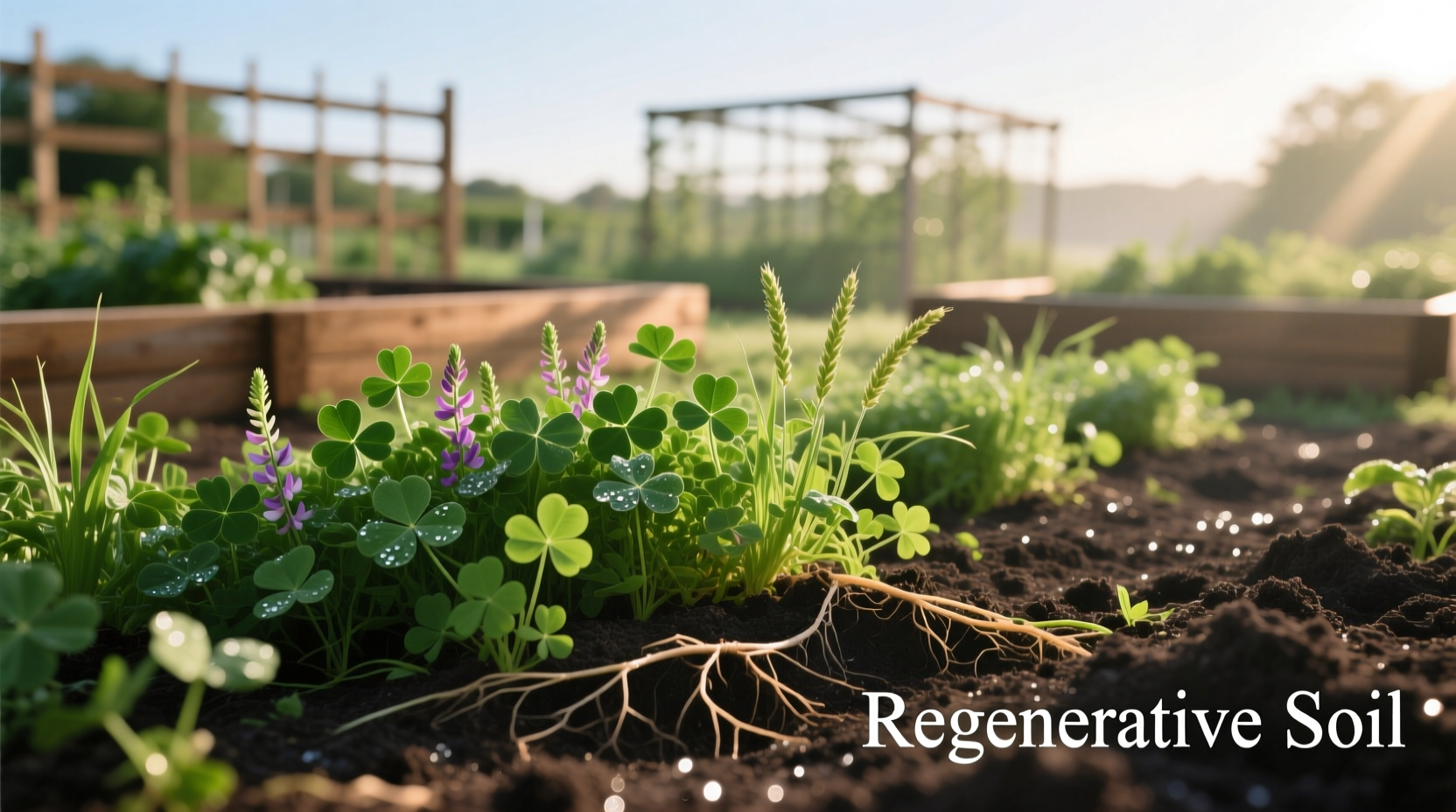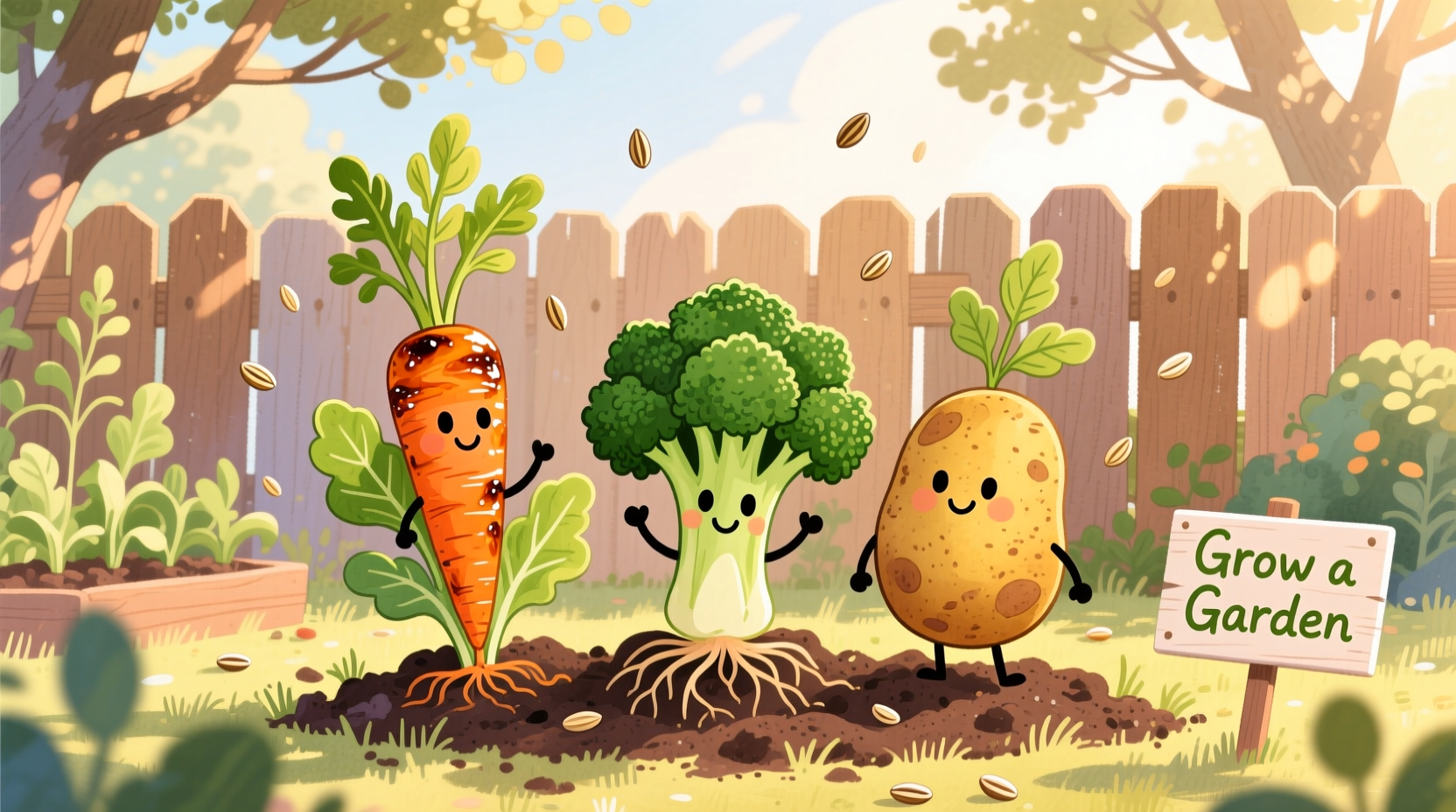Why Cooked Crops Have No Place in Garden Growth
When searching "what do cooked crops do in grow a garden," you've encountered a common gardening terminology mix-up. Cooking fundamentally alters plant biology through heat exposure, making any cooked vegetable, grain, or legume completely unsuitable for planting. The high temperatures denature proteins, destroy cellular structures, and eliminate the enzymatic activity necessary for germination and growth.
According to agricultural research from the USDA National Institute of Food and Agriculture, seed viability drops to zero after exposure to temperatures above 120°F (49°C) for sustained periods—temperatures easily exceeded during standard cooking processes. This scientific reality makes the concept of "using cooked crops to grow a garden" biologically impossible.
| Term | Definition | Gardening Function | Viability for Planting |
|---|---|---|---|
| Cooked Crops | Harvested plants subjected to heat processing | No gardening function | 0% - biologically dead |
| Cover Crops | Plants grown specifically to benefit soil health | Soil protection, nutrient cycling, weed suppression | 100% - living plants |
| Composted Food Waste | Decomposed organic matter including cooked food scraps | Soil amendment, nutrient addition | N/A - used as fertilizer, not planted |
The Critical Difference: Cover Crops vs. Cooked Crops
What you're actually looking for are cover crops—living plants grown between main crop seasons to improve soil health. Organizations like the Sustainable Agriculture Research and Education (SARE) program have documented how cover crops:
- Prevent soil erosion during off-seasons
- Fix nitrogen in soil (legume varieties)
- Suppress weeds through competition
- Improve soil structure with extensive root systems
- Attract beneficial insects when flowering
A common mix-up occurs because "cover" and "cooked" sound somewhat similar phonetically, especially when spoken casually. This terminology confusion has been noted in agricultural extension programs across multiple states, including the University of California's Master Gardener program which reports frequent questions about "cooked crops" from new gardeners.

Practical Alternatives: Using Food Waste in Your Garden
While you cannot plant cooked crops, properly processed food waste can significantly benefit your garden through composting. The EPA's Food Recovery Hierarchy identifies composting as the third-best option for food waste, after source reduction and feeding hungry people.
Here's how to transform kitchen scraps into garden assets:
- Composting cooked food: Bury cooked vegetables, grains, and legumes in a hot compost pile (maintained at 130-160°F) to break them down safely
- Avoid problematic items: Do not compost meat, dairy, or oily foods which attract pests and create odors
- Balance your pile: Maintain a 30:1 carbon-to-nitrogen ratio using "browns" (dry leaves, straw) and "greens" (food scraps, grass clippings)
- Timing matters: Allow compost to fully cure (typically 3-6 months) before using in garden beds
Gardening Contexts Where Food Waste Helps (and Where It Doesn't)
Understanding the boundaries of food waste application prevents gardening mistakes:
- Works well: Vegetable scraps in compost piles, coffee grounds as soil amendment, eggshells for calcium
- Limited value: Cooked grains in compost (slower decomposition), bread products (attract pests)
- Should be avoided: Planting cooked seeds, using spoiled meat products, adding highly processed foods with preservatives
The Rodale Institute's research shows properly composted food waste can improve soil organic matter by 1-2% annually—significantly boosting water retention and nutrient availability. However, they caution that direct planting of cooked food products yields zero results as the thermal processing destroys all biological potential for growth.
Getting Started with Effective Garden Practices
If you're new to gardening, focus on these evidence-based practices instead of the cooked crops misconception:
- Plant cover crops like clover, vetch, or rye in fall for spring soil improvement
- Start a backyard compost system for food scraps
- Use seed starting mix for germinating new plants (never cooked food products)
- Rotate crops annually to prevent soil depletion
- Test your soil before adding amendments
Remember that successful gardening relies on understanding plant biology and soil science—not culinary processes. The National Gardening Association reports that gardeners who master basic soil health principles see 30-50% higher yields than those focusing solely on planting techniques.











 浙公网安备
33010002000092号
浙公网安备
33010002000092号 浙B2-20120091-4
浙B2-20120091-4